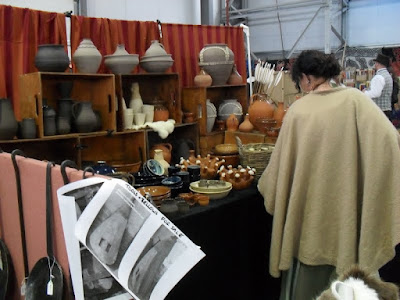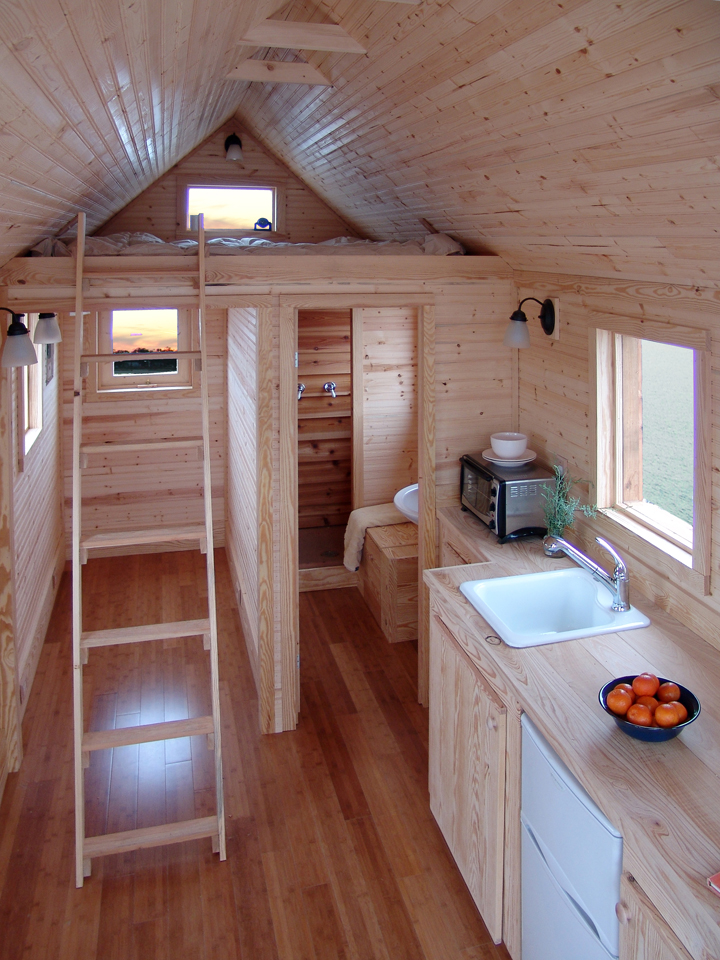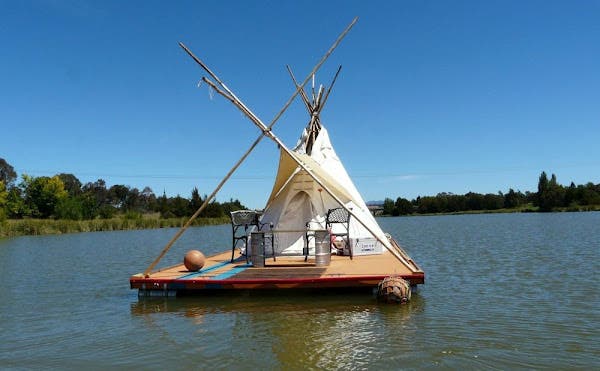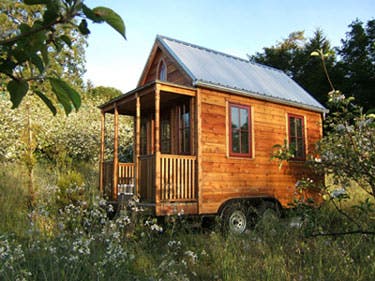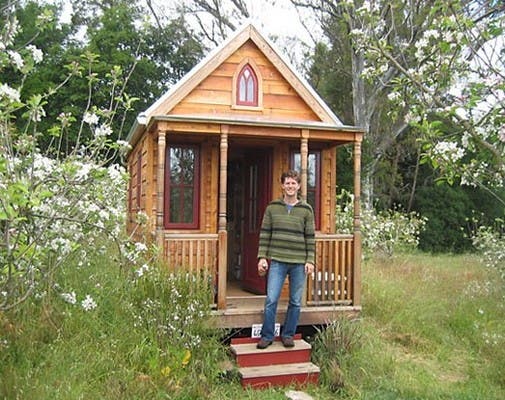This morning we paid a visit to a Living History Fair at the Bruntingthorpe Proving Ground here
which is a ten minute drive away from where we live. It is mainly for 're-enactors' to get their equipment for when they are staging battles etc. But you know what, the stallholders really know their stuff. Everything they sell is really authentic and it was like walking back through the pages of history.
We got involved in several long discussions with different people. The armour maker, for instance.
All the armour on show was made to fit him, he made this fantastic glove with gold articulation, no one else would be able to wear it. Depending on what period you were aiming for it could cost you up to £5,000 for a full set of armour. Apparently only nobleman would be able to afford to wear the suede tin-plated armour shown in the background. The chain mail was fantastic and would take a week just to make one square foot, and only then if you knew what you were doing.
The whole hall smelled of wood, from the crossbows, bows and arrows and staffs, and particulary the leather goods.
These shoes reminded me of the type that Blackadder wore in the first series.
I had a long chat with this lady who was weaving braid for a fellow stallholder to hold his stockings in place. I mentioned that I was making a needlepoint cushion and told her how hard I found it. She said that if you looked behind some of the old tapestries they are very messy so I was in good company. In Tudor times they had weaving halls and because of the need for the tapestries not to get damp they were warm places to work and the money was good.
Each and every stallholder was dressed in their period of choice, it really was like stepping back in time.
This lady was selling brews and ales
There was authentic food honey cakes and pastries.
Pottery, Roman glass reproductions, and Celtic jewellery. These re-enactors really go to a lot of trouble to get every detail right. Right down to leather laces, toggles and wools for weaving.
Before we left I had a good chat to a lady who made handmade leather books she also made authentic ales and showed me her handwritten recipe book. Apparently in York they found a diary full of a bakers recipes, which she had replicated, using her own hand-made ink.
They really do go to a lot of trouble, it must be so time-consuming - a man who had a stall selling medieval washing items was very informative. He was wearing handmade leather shoes with ties, which would have been his only pair as an adult, he had made some wooden pattens to wear in wet or muddy conditions which were hinged where the toe joints went. The shoes would have been too expensive for most people, in modern money they cost him £25 a few years ago. I saw shoes and boots on sale from £150 upwards.
I thoroughly enjoyed our visit, we felt a little under-dressed as even the visitors were wearing costumes, we passed Hussars and someone who looked like he had just come in from Rourkes Drift. There were monks selling mead and scribes. If ever one of these Fairs comes to somewhere near you and you love history - it will be well worth having a look.
which is a ten minute drive away from where we live. It is mainly for 're-enactors' to get their equipment for when they are staging battles etc. But you know what, the stallholders really know their stuff. Everything they sell is really authentic and it was like walking back through the pages of history.
We got involved in several long discussions with different people. The armour maker, for instance.
All the armour on show was made to fit him, he made this fantastic glove with gold articulation, no one else would be able to wear it. Depending on what period you were aiming for it could cost you up to £5,000 for a full set of armour. Apparently only nobleman would be able to afford to wear the suede tin-plated armour shown in the background. The chain mail was fantastic and would take a week just to make one square foot, and only then if you knew what you were doing.
The whole hall smelled of wood, from the crossbows, bows and arrows and staffs, and particulary the leather goods.
These shoes reminded me of the type that Blackadder wore in the first series.
I had a long chat with this lady who was weaving braid for a fellow stallholder to hold his stockings in place. I mentioned that I was making a needlepoint cushion and told her how hard I found it. She said that if you looked behind some of the old tapestries they are very messy so I was in good company. In Tudor times they had weaving halls and because of the need for the tapestries not to get damp they were warm places to work and the money was good.
Each and every stallholder was dressed in their period of choice, it really was like stepping back in time.
This lady was selling brews and ales
There was authentic food honey cakes and pastries.
Pottery, Roman glass reproductions, and Celtic jewellery. These re-enactors really go to a lot of trouble to get every detail right. Right down to leather laces, toggles and wools for weaving.
 |
 |
They really do go to a lot of trouble, it must be so time-consuming - a man who had a stall selling medieval washing items was very informative. He was wearing handmade leather shoes with ties, which would have been his only pair as an adult, he had made some wooden pattens to wear in wet or muddy conditions which were hinged where the toe joints went. The shoes would have been too expensive for most people, in modern money they cost him £25 a few years ago. I saw shoes and boots on sale from £150 upwards.
I thoroughly enjoyed our visit, we felt a little under-dressed as even the visitors were wearing costumes, we passed Hussars and someone who looked like he had just come in from Rourkes Drift. There were monks selling mead and scribes. If ever one of these Fairs comes to somewhere near you and you love history - it will be well worth having a look.






